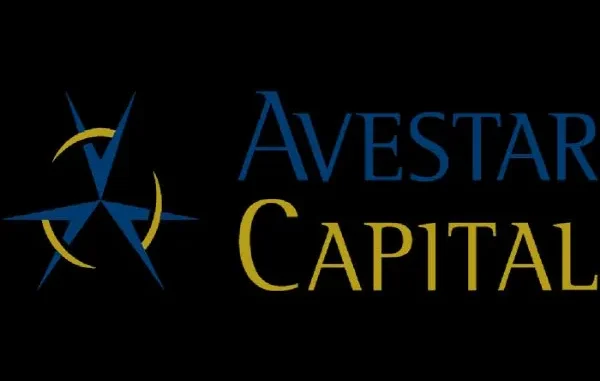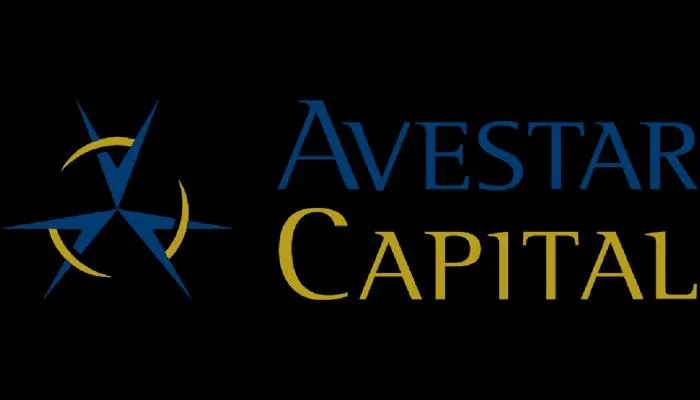
For decades, family offices occupied a quiet corner of the financial ecosystem, private, lightly scrutinized, and largely invisible. That world has changed by 2025; the global regulatory environment has shifted decisively toward transparency, beneficial ownership disclosure, and cross-border reporting, creating conditions in which family offices must behave with the rigor of regulated institutions. Regulators, tax authorities, and banking partners increasingly assume that unreported wealth is suspicious wealth, and this presumption now carries real enforcement power.
Automatic information exchange under frameworks like the OECD’s Common Reporting Standard (CRS) has expanded across more than 120 jurisdictions, representing trillions in assets flagged, shared, and algorithmically reviewed each year. As senior adviser and Avestar Capital’s Chief Investment Officer, Brian Fullerton observed, “The era of passive compliance is gone, regulators now expect family offices to anticipate risks before they appear.”
The cultural landscape inside families is accelerating this shift. Next-generation principals expect clean governance, clear reporting, and alignment with sustainability and ESG standards. They are more mobile, more visible, and often more sensitive to reputational risk than prior generations. But this modern expectation collides with the practical reality of managing disclosure requirements across the U.S. Corporate Transparency Act, the EU’s DAC6 and Mandatory Disclosure Rules, the UK Trust Registration Service, Singapore’s MAS reporting, and the overlapping AML regimes of multiple financial centers.
Each jurisdiction defines “control,” “beneficial ownership,” “reportable arrangement,” and even “residency” differently. As a result, compliance is no longer about filling out a single form; it is about maintaining consistency, coherence, and verifiable logic across many regimes at once.
The Expanding Burden of Beneficial Ownership Transparency

The most visible shift is the global expansion of beneficial ownership transparency. No longer limited to corporate registers, disclosure requirements now cut across trusts, foundations, special-purpose vehicles, holding companies, and investment partnerships. Authorities increasingly compare filings across borders, checking for mismatches in ownership percentages, registered addresses, trustee details, or control rights. A small discrepancy that once might have gone unnoticed can now trigger enhanced review or even regulatory inquiry.
Family offices also face a new reality: once information enters a registry, whether in the EU, UK, U.S., or UAE, it is often shared, repurposed, or algorithmically analyzed. The result is an environment where data accuracy becomes a direct compliance risk. As Founder and CEO of Avestar Capital, Xerxes Soli Mullan put it, “The biggest exposure today is not secrecy, its inconsistency. Regulators expect your entire structure to tell a single, coherent story.”
Cross-Border Tax Reporting and the Global Data Web
Alongside transparency rules, tax reporting has evolved from a domestic function into a globally integrated system. The combined effect of CRS, FATCA, DAC6, and new economic substance requirements means family offices must understand not only local reporting triggers but how reports are interpreted abroad. A structure deemed compliant in Singapore may raise questions under Luxembourg’s substance rules. A trust distribution reported under CRS may need to align precisely with U.S. tax filings or UK resident-non-dom reporting. This cross-referencing has created what many advisers call the “global data web,” a network in which every filing must match every other filing to avoid red flags.
To navigate this web, leading family offices now maintain jurisdictional maps, centralized entity registers, and harmonized data policies to ensure that residency, purpose, and economic rationale are documented in a consistent manner. Additionally, Xerxes stated, “A structure must now defend itself on paper before anyone ever asks a question.”
From Private Administrative Hub to Institutional Governance
The cumulative effect of these shifts is a redefinition of what a family office is. No longer simply an internal administrative function, as the experts for Avestar Capital said, the modern family office must adopt institutional-grade governance, including robust internal controls, policy frameworks, document retention rules, and coordinated regulatory oversight. Many are investing in legal-tech platforms, entity-management systems, and centralized compliance dashboards to track deadlines, monitor exposure, and standardize reporting across all jurisdictions.
This transformation is not optional. It is the cost of operating in a world where financial information is instantly traceable, cross-checked, and shared. The family offices that will thrive in this environment are those that see compliance not as an administrative burden but as a strategic imperative—an opportunity to build resilience, protect reputation, and create a stable foundation for multi-generational governance.
References:
https://aleta.io/knowledge-hub/regulation-and-compliance-in-family-offices






Leave a Reply